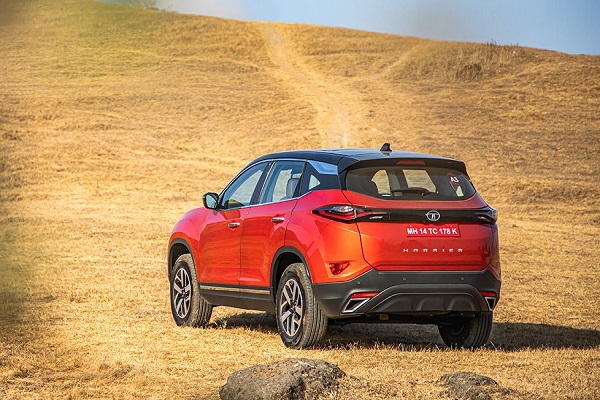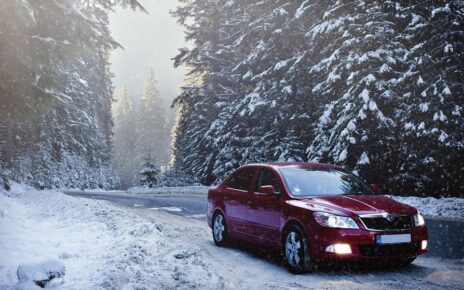There was a lot of hype around the Tata Harrier when it was introduced for the first time in India. Its stunning looks, butch stance and Land Rover DNA made it immensely likable, but due to the absence of an automatic transmission on a flagship model like the Harrier, sales didn’t take off as expected. Plus, some important features were missing. Then, as owners started living with them, a noisy engine seemed to have been one of the few feedbacks.
In 2020, Tata updated the Harrier with many enhancements to help it achieve what it is meant to. The new BS6-compliant engine makes more power while torque remains the same. But the highlight here is the automatic gearbox, which is prime in a segment like this. The Tata Harrier also gets a massive panoramic sunroof now along with features like anti-pinch functionality and rain sensing. The driver’s seat gets a powered function, and ESP is standard on all variants.
Looks to kill
When it comes to the looks, the Tata Harrier has nothing much to talk about, except for the new, larger alloy wheels. It continues to look brawny with presence we’ve never seen before on a Tata SUV. The high bonnet, the honeycomb grille, those slender DRLs and sleek tail lights with a gloss black treatment, all give it a terrific stance. It’s difficult to compare cars from other manufacturers with the Harrier on this front.
Space-ship
The cabin too is the same with its floating island central console, the hefty steering wheel, the part-digital instrument cluster and the faux wood across the dashboard. We also liked the leather door handles. Some changes include an improvement in the quality of plastics and panel gaps. Plus materials give it a premium look. The USB slot in the central console is now easily accessible and we found that the touchscreen isn’t as smooth to operate as some of the other SUVs in its class. The huge seats are very comfortable and supportive, even at the back. There’s lots of legroom at the rear and the new panoramic sunroof lets in a lot of light; those who like being driven around, the Tata Harrier won’t disappoint.
Win diesel
The refinement levels have improved to an extent, thanks to the added sound insulation material, plus the diesel clatter from the motor has reduced. And when you start the engine, it sounds a lot more silent. The clutch is smoother and the engine now develops 167bhp and 350Nm of torque. There is still some turbo lag but the engine pulls better from standstill and it pulls strongly once you’re in the powerband. And the Tata Harrier makes overtaking seem like a cakewalk. The drive modes work nicely, and in Sport mode, the engine is responsive and eager, while in Eco mode, you get good mileage, provided you’re in the city. What’s new is the Hyundai-sourced 6-speed automatic gearbox which seems to work well with the 2.0-litre Multijet engine. It goes from a standstill to decent speeds rather smoothly in stop-and-go traffic. The gearbox handles gentle throttle inputs well, but if you put your foot down suddenly, there is a slight lag in the ‘box responding to the throttle input.
The true ‘SUV’?
The updated Harrier is a lot nicer to drive, for it is more refined, packs a bit more punch and offers more features. The new automatic transmission works well for the most part and the panoramic sunroof further adds to the desirability of this SUV. It’s definitely a more satisfying purchase and with the looks it has, it’ll pull away buyers from other car dealerships for certain. If you were to compare cars, the Harrier takes on the MG hector, Hyundai Creta and Kia Seltos.



